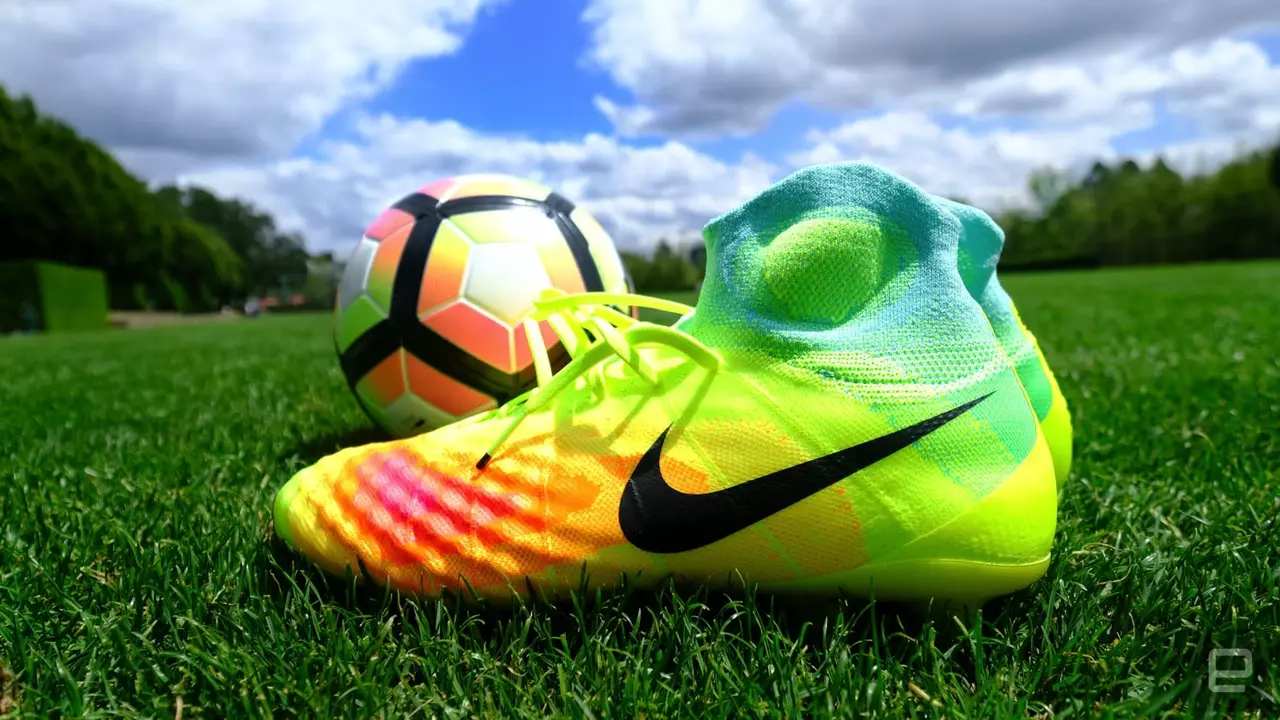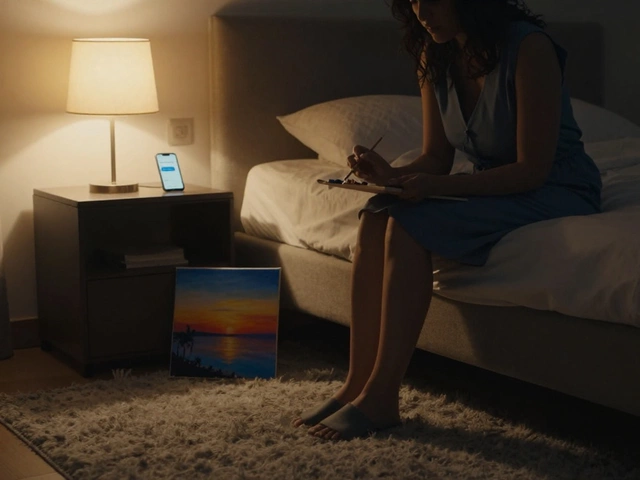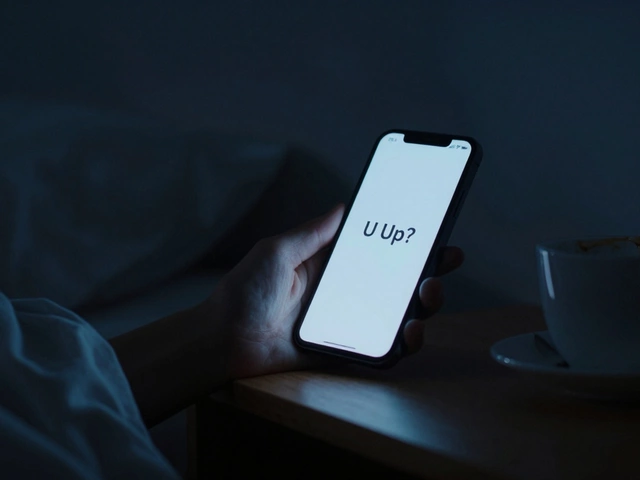Cleats Necessity: Why the Right Soccer Shoes Matter
Ever wonder why pros swear by their cleats? It’s not just about looking sharp – the right pair can boost speed, protect your feet, and keep injuries at bay. If you’re still playing in old sneakers, you’re missing out on a key advantage.
First off, cleats give you traction. On grass or artificial turf, the studs dig in, letting you turn quickly without slipping. That extra grip translates to sharper cuts, faster sprints, and more confidence when you go for that ball.
Second, they protect your joints. A good cleat cushions impacts and reduces the twist force on your knees and ankles. When you’re constantly stopping, starting, and changing direction, that protection can mean the difference between a clean season and a long rehab.
Choosing the Right Pair
Not all cleats are created equal. Here’s a quick guide to pick the best fit for you:
- Surface Matters: Soft‑ground (SG) studs are perfect for natural grass, while artificial‑ground (AG) shoes work best on synthetic pitches. Using the wrong type can wear out the studs fast and hurt your grip.
- Fit is Key: Your cleat should hug your foot without squeezing. Too tight and you risk blisters; too loose and you lose control. Walk around the store, wiggle your toes, and make sure there’s a snug but comfortable feel.
- Stud Shape: Conical studs rotate easier for quick direction changes, while bladed studs offer more lateral stability. If you’re a winger who loves cutting inside, conical might be your go‑to.
- Weight: Lighter shoes help you stay fast, but don’t sacrifice support. Modern materials give you both lightness and durability.
Try a couple of pairs during a short practice session. Feel how they respond when you sprint, stop, and shoot. That test run will tell you if the shoe matches your style.
Caring for Your Cleats
Just like any gear, cleats need upkeep. After each game, shake out the dirt, rinse them with water, and let them air‑dry away from direct heat. Plugging them into a dryer can warp the studs and crack the uppers.
Keep the studs sharp. If they start to wear down, replace them – most retailers offer a quick swap service. Dull studs lose traction, which defeats the whole purpose of wearing cleats.
Store your shoes in a cool, dry place. Avoid tossing them in a gym bag with sweaty clothes for weeks; that creates odor and weakens the material.
In short, the right cleats are a game‑changer. They give you grip, protect your body, and let you play at your best. Pick the right type for your surface, fit them properly, and take good care of them. Your feet will thank you, and you’ll notice the difference the next time you step onto the pitch.

Can I play soccer without cleats?
by Caspian Montgomery / 28 Jul 2023Well, my friends, if you're wondering if you can play soccer without cleats, the short answer is: absolutely, yes! But hold onto your socks, because it's not all rainbows and bicycle kicks. Playing soccer without cleats may be like trying to eat soup with a fork - possible, but not really practical. You'd miss out on all that extra grip and speed cleats give you, kind of like a superhero without his cape. So, while you can definitely give it a whirl, don't expect to be the next Messi without your trusty cleats, unless you're playing on a super soft, sandy beach!

